The Universal Serial Bus, commonly known as USB, has played a vital role in shaping the way we connect and communicate with electronic devices. Among the various versions of USB, USBA, the original design, has undergone significant evolution since its inception. Understanding the journey of USBA, from its creation to its current use, sheds light on its importance in technology and provides insight into how we connect our devices today. This article explores the history, development, and present-day applications of USB-A.
The Birth of USB-A
Early Connections and Challenges
Before the introduction of USB, connecting devices was a complicated process. Users often needed multiple cables and ports for different devices. This complexity led to confusion and inefficiency, making it difficult for consumers and manufacturers alike. The need for a standardized connection method became apparent as more devices entered the consumer marketplace.
In response to these challenges, the USB Implementers Forum was established in 1994. This consortium included major tech companies such as IBM, Microsoft, and Intel. The goal was to create a universal protocol for connecting peripherals to computers. After extensive research and development, the USBA connector was introduced to the world in 1996 as part of USB 1.0. This new standard aimed to unify the various connections used in computers and devices, making it easier for users to connect peripherals like keyboards, mice, and printers.
Initial Features and Adoption
USBA was designed with a simple rectangular shape that included four pins. Its user-friendly approach allowed for easy plugging and unplugging. The shape also made it easy to identify, aiding users in quickly connecting devices. The standard provided data transfer rates of up to 1.5 Mbps, with USB 1.1 improving this to 12 Mbps.
Adoption of USBA was initially slow, as some manufacturers were hesitant to transition from existing connection standards. However, as more devices began to implement USB technology, the demand for USBA grew. By the early 2000s, USBA connectors were appearing on an array of devices, signaling the beginning of a new era in connectivity.
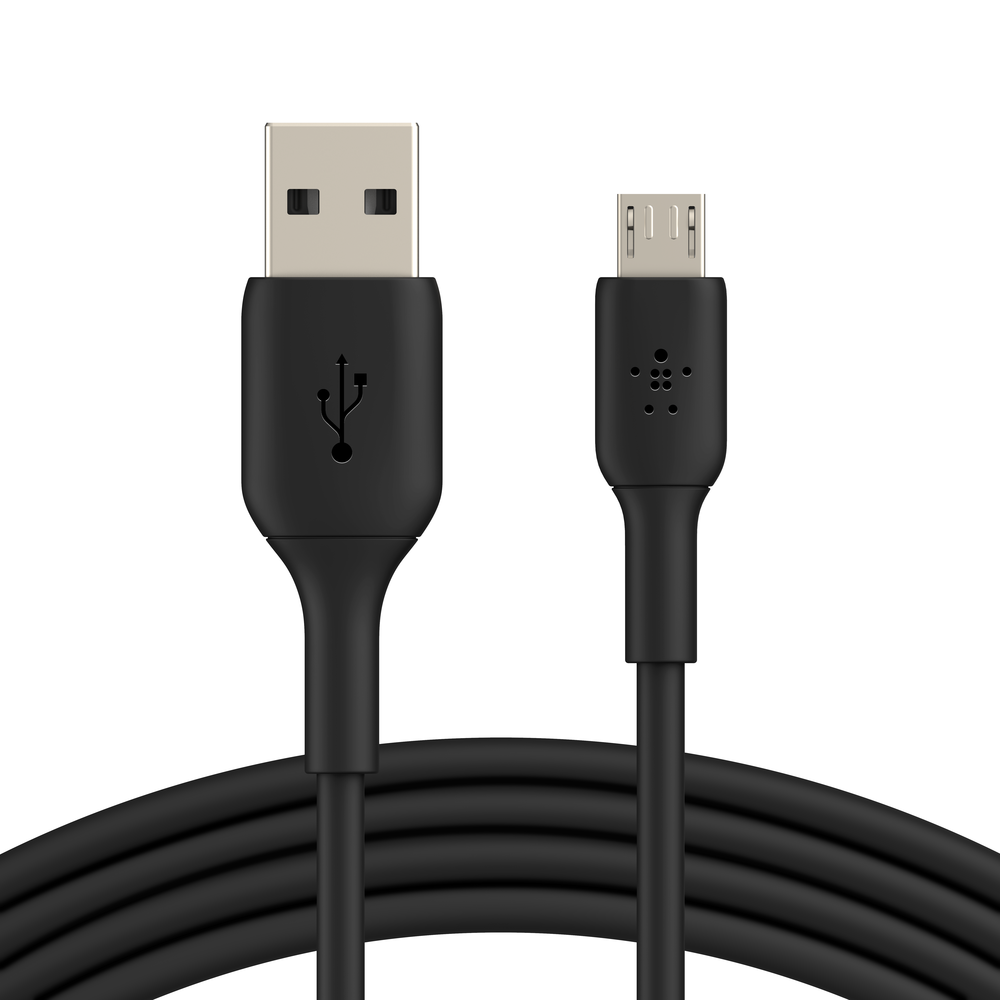
Advancements in USB-A Technology
Introduction of USB 2.0
With the success of USB 1.1, the next major advancement was USB 2.0, introduced in April 2000. USB 2.0 primarily aimed to enhance the speed of data transfers, boosting the maximum transfer rate to 480 Mbps. This improvement made the USBA connector even more appealing for consumers and manufacturers alike.
The design of USB-A remained unchanged with USB 2.0, ensuring compatibility with previous devices. This backward compatibility allowed users to continue using their existing cables and peripherals, further cementing USB-A’s position as a universal connection standard. USB 2.0 also introduced a more efficient power supply, enabling devices to draw more power directly through the port. This feature enhanced the charging capabilities of devices such as smartphones and digital cameras.
Expanded Use Cases
The enhancements provided by USB 2.0 expanded the use cases for USBA connectors. Digital cameras, external hard drives, and various other peripherals began adopting USB connectivity. The increased transfer speeds and improved power delivery quickened the pace of data movement and charging capability, making life easier for users.
As USB-A became a standard in connectivity, it was increasingly incorporated into various consumer electronics. The popularity of laptops and desktop computers featuring USBA ports led to a surge in USB-compatible devices. This integration changed the landscape of how users connected, charged, and transferred data. Before long, USBA became the go-to connector for many manufacturers.
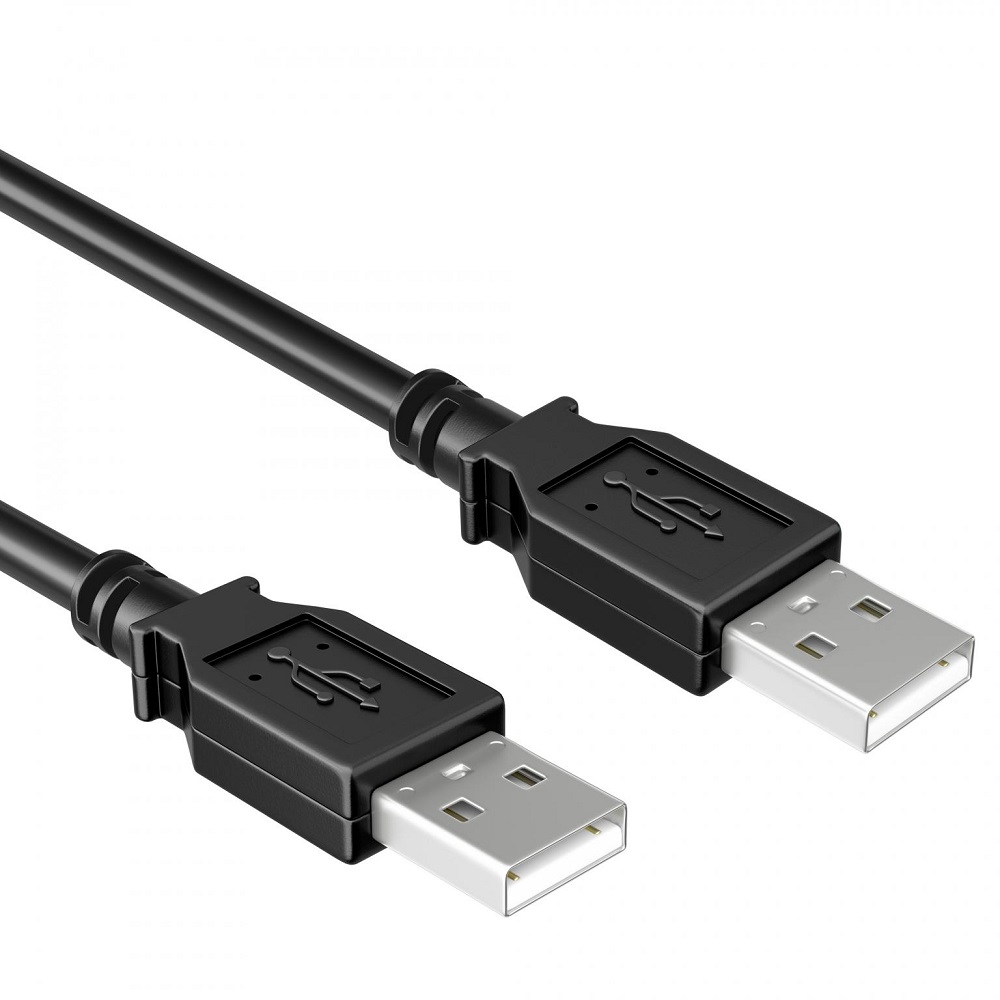
USB-A in Consumer Electronics
Widespread Usage
By the mid-2000s, USBA was firmly established as the dominant connector for consumer electronics. Its widespread usage made it an essential component in every technology landscape. From printers and scanners to gaming consoles and audio equipment, USBA ports became standard across an array of devices.
Laptops, desktops, and even tablets frequently featured multiple USBA ports, allowing users to connect several peripherals simultaneously. This utility helped shape how people interacted with technology, facilitating a plug-and-play functionality that enhanced user experience.
Rise of Mobile Devices
The rise of smartphones marked a pivotal point in the life of USBA. Many smartphone manufacturers incorporated USBA ports in their devices, capitalizing on its established footprint in the market. As the demand for mobile charging solutions grew, USBA chargers became ubiquitous.
Power adapters featuring USBA ports allowed users to charge their phones, tablets, and other devices conveniently. The ease of use and widespread availability of USBA cables and chargers made it an integral part of daily life for countless consumers. This adaptability further solidified USBA’s relevance in electronics, providing users with a reliable charging and data transfer option.
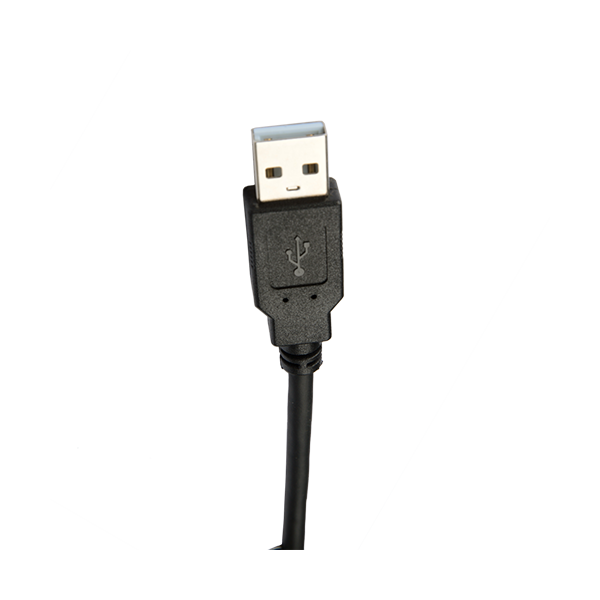
The Transition to USB 3.0 and Beyond
Introduction of USB 3.0
In 2008, USB 3.0 was introduced, significantly enhancing the performance capabilities of USBA. This version increased data transfer speeds to 5 Gbps, making it ideal for transferring large files quickly. The introduction of USB 3.0 supported both backward compatibility with USB 2.0 and maintained the familiar USBA shape.
USB 3.0 added more pins to the connector design, allowing it to achieve faster speeds. The new connectors featured blue inserts to distinguish them from USB 2.0 ports easily. This change informed users which ports supported faster transfer rates and improved power delivery.
Enhanced Performance and Functionality
With the rise of USB 3.0, the performance and functionality of USBA connectors greatly improved. New standards allowed for more efficient power management, which made it possible to charge devices faster. Additionally, USB 3.0 introduced features like dual-bus architecture, facilitating more efficient communication between devices.
The increased speeds and efficiency allowed users to engage in more complex tasks, such as working with high-resolution video files and large data backups. As designers and engineers worked to improve connectivity options, USB-A became a staple for professionals and content creators.
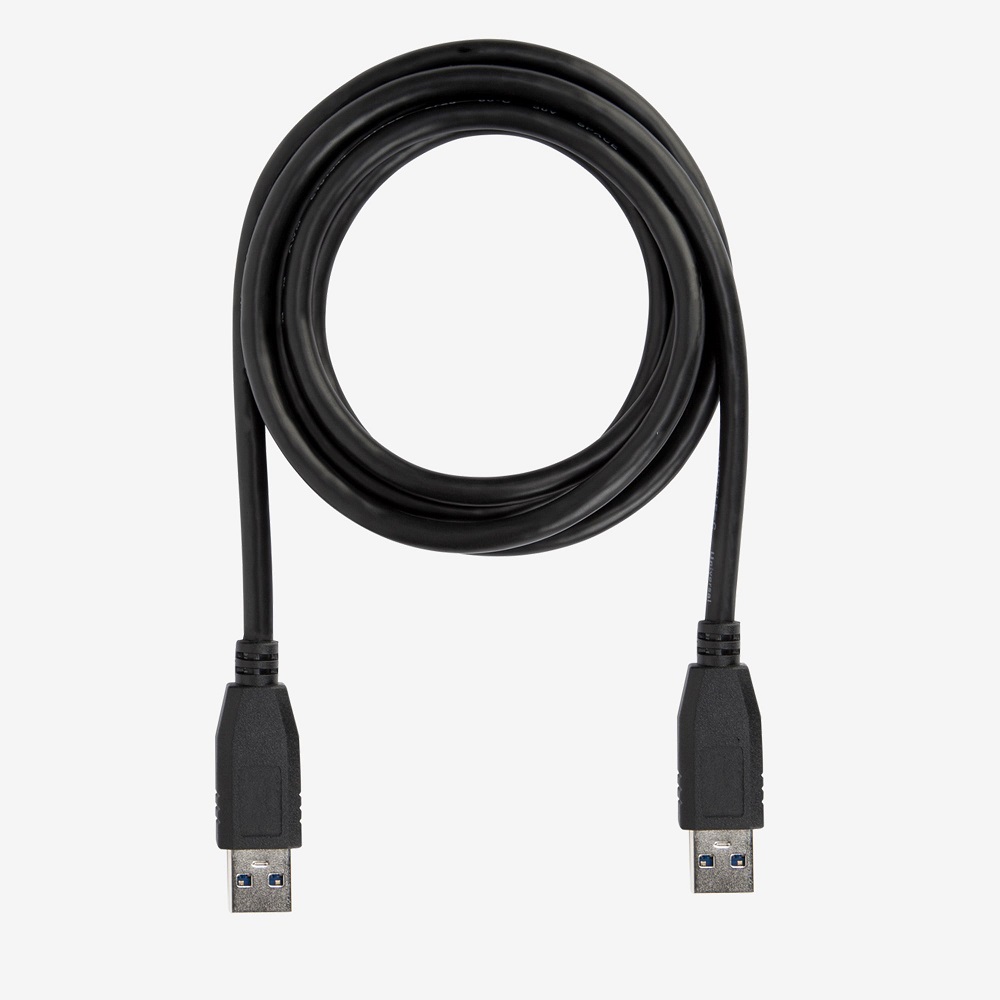
Current Applications of USB-A
Persistent Popularity
Despite the emergence of newer connection standards, USBA remains widely used today. Many devices still include USBA ports to ensure compatibility with existing peripherals and chargers. For instance, laptops, desktops, and certain gaming consoles continue to feature USBA connectors, showcasing the importance of this standard in modern tech.
The ongoing popularity of USBA can be attributed to its simplicity and vast ecosystem of compatible devices. Users appreciate the ease of using USBA connections for common tasks like plugging in external hard drives, keyboards, and mice. The familiar design also brings comfort to users who may feel overwhelmed by constantly changing technology.
Everyday Convenience
In the context of everyday life, USBA remains a reliable choice for charging and data transfer. Many power banks and charging stations still utilize USB-A ports for device connections. As consumers juggle multiple devices in their lives, USB-A plays an essential role in maximizing charging and data transfer efficiency.
While USBC technology becomes more prevalent, USBA does not show signs of disappearing. In fact, many adapters allow users to connect USBA devices to USBC ports, supporting a smooth transition for consumers investing in newer technology while preserving the usability of older devices.
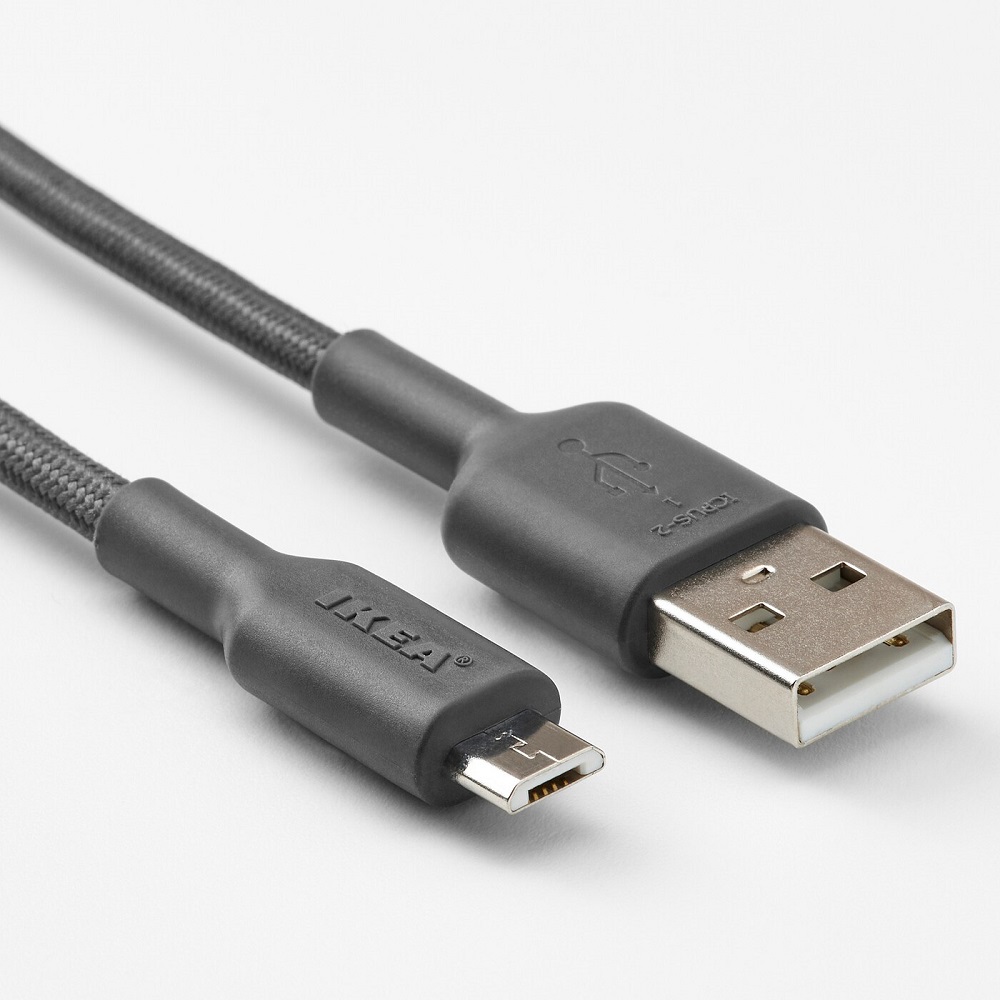
Comparison with USB-C
Emergence of USB-C
USBC has gained significant attention in recent years as a new standard, providing advantages over USBA in many areas. The versatility of USBC connectors, including their reversible nature and enhanced power delivery capabilities, has drawn consumers toward this emerging technology. It supports high-speed data transfer up to 40 Gbps and can deliver up to 100 watts of power, making it suitable for various devices, including laptops.
Despite these advancements, USBA still holds its ground due to the sheer number of existing devices and peripherals utilizing this standard. Many users may not need advanced features offered by USBC, relying on their USBA devices for day-to-day functions.
Coexistence in the Future
As technology continues to evolve, both USBA and USBC will likely coexist in the market for some time. While USBC will increasingly dominate new devices and settings, USBA can still be found in homes, offices, and many electronic peripherals. The robust infrastructure built during the years of USB-A’s dominance ensures that it remains relevant for users who require its stability and familiarity.
Future innovations may lead to improved compatibility features that bridge the gap between both connectors. Adapters, conversion cables, and multi-port devices will allow users to benefit from the advantages of both standards while maintaining functionality across their devices.
The Legacy of USB-A
In conclusion, USBA has undergone a remarkable transformation since its inception in the 1990s. From addressing the need for a standardized connection method to becoming an integral part of daily electronic use, USBA has proven its value in the tech landscape. The advancements from USB 1.0 to USB 3.0 showcased its adaptability and the demand for higher performance.
Despite the rise of newer competitors such as USBC, USBA continues to remain a staple in the world of connectivity. Its widespread usage, compatibility, and simplicity make it a versatile choice for consumers. As electronic devices evolve and technology continues to progress, the legacy of USBA will endure. This connector will forever hold a significant place in the timeline of hardware evolution, serving as a reminder of how far we have come in the realm of technology and connectivity.